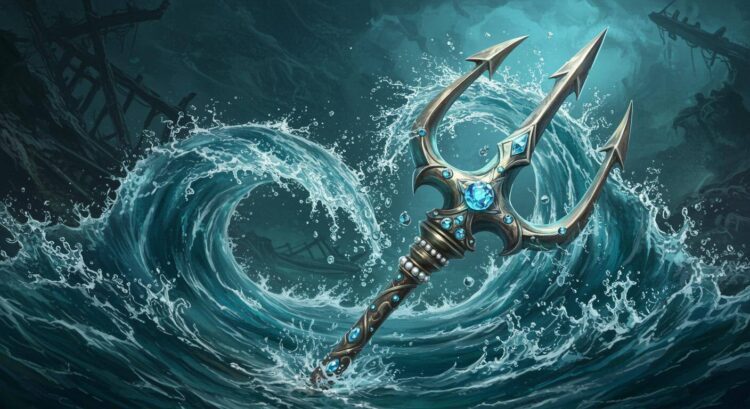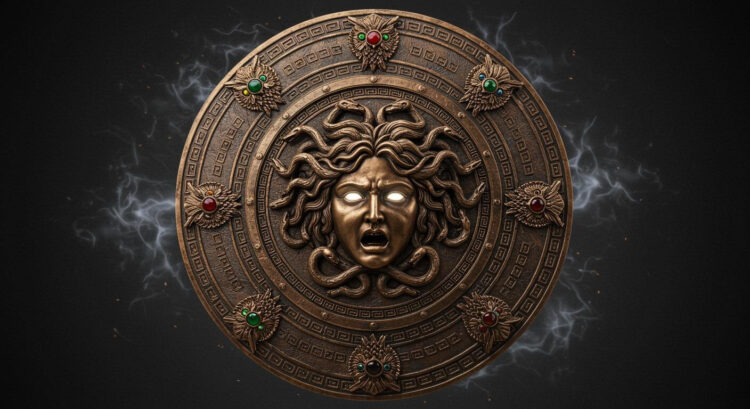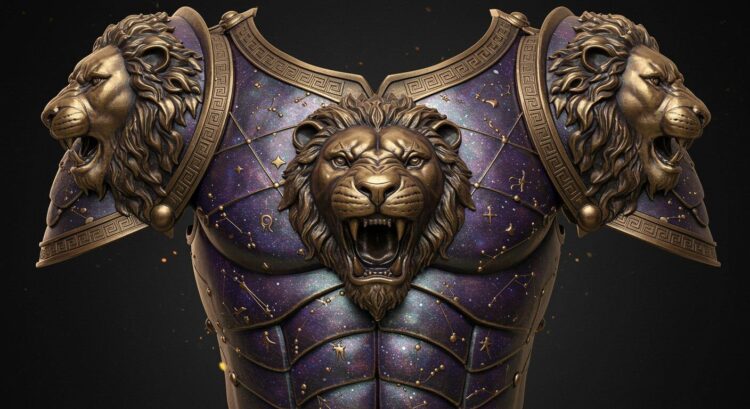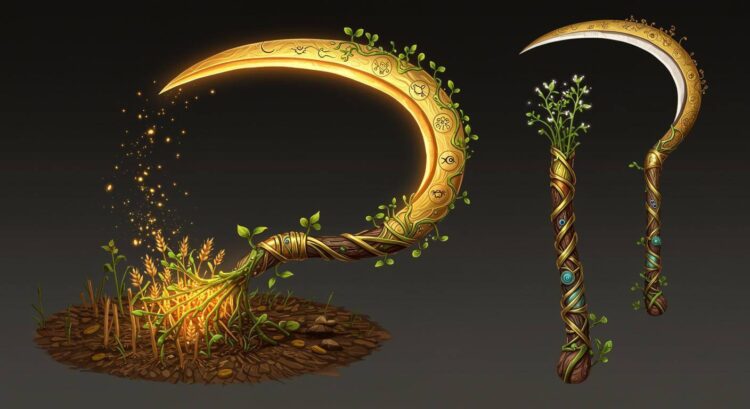Hephaestus, master craftsman of Olympus, produced artifacts of unprecedented power that fundamentally shaped classical mythology. This examination catalogs his most significant divine creations, analyzing their metallurgical properties, mythological significance, and functional applications in the Olympic pantheon. Each artifact represents the intersection of divine capability and ancient technological imagination.
⚡ The Thunderbolt of Zeus

The Thunderbolt of Zeus wasn’t merely a weapon, but the embodiment of the sky god’s dominion over the heavens. Forged from celestial bronze and infused with the raw energy of storms, each bolt contained enough power to level mountains. When Zeus hurled these masterpieces, the very fabric of reality trembled. Hephaestus designed them with intricate lightning patterns that glowed with divine energy before their devastating release.
🌑 The Helm of Darkness

The Helm of Darkness, gifted to Hades, merged shadow and void into a tangible form. This obsidian crown adorned with nightmare crystals granted its wearer perfect invisibility, not merely hiding from sight but erasing their existence from perception. When Hades donned this creation, even the all-seeing gods became blind to his presence. The helm whispered forgotten secrets to its wearer while trailing wisps of darkness that consumed nearby light.
🌊 The Trident of Poseidon

The Trident of Poseidon channeled the raw might of the oceans through three perfect prongs of enchanted celestial bronze. Each strike could summon tsunamis or split the earth to create new seas. Hephaestus embedded sapphires and pearls from the deepest ocean trenches into its handle, allowing Poseidon to sense every drop of water across the world. The weapon hummed with the eternal rhythm of tides, whispering the secrets of ancient mariners.
🛡️ Athena’s Aegis

Athena’s Aegis wasn’t merely a shield but a manifestation of divine protection. Crafted from indestructible metals unknown to mortals and adorned with the actual head of Medusa, its surface reflected the wisdom goddess’s tactical brilliance. When raised in battle, the shield emitted waves of strategic insight to allies while paralyzing enemies with supernatural dread. Hephaestus embedded owl-shaped mechanisms that could unfold into wings during desperate moments.
⚔️ Achilles’ Armor and Shield

Achilles’ Armor and Shield represented Hephaestus’s pinnacle of protective craft. Each scale of the golden armor contained enchantments rendering it impenetrable while remaining lighter than mortal armor. The shield displayed living scenes from human existence—battles, harvests, celebrations—all shifting and changing as if the metal itself was alive with stories. The armor whispered battle strategies to Achilles while healing minor wounds through divine warmth.
💘 The Arrows of Cupid (Eros)

The Arrows of Cupid (Eros) carried the most dangerous magic in creation—the power to fundamentally alter the heart’s desires. Forged from otherworldly metals and tipped with both gold and lead, these arrows could inspire undying love or bitter hatred with a single scratch. Hephaestus incorporated delicate mechanisms that allowed the arrowheads to find the heart’s weakness regardless of physical barriers. Each shaft contained a universe of emotional possibility.
📦 Pandora’s Box (or Jar)

Pandora’s Box (or Jar) represented Hephaestus’s most deceptive creation—a vessel of exquisite beauty hiding catastrophic contents. Crafted from materials that existed between reality and chaos, its surface featured living carvings that shifted positions when unobserved. The container was designed with impossible internal dimensions, holding all the world’s evils within a space that defied physical laws. Only hope remained trapped inside after its fateful opening.
🦁 Heracles’ Breastplate

Heracles’ Breastplate merged divine protection with intimidating presence. Forged from the scales of mythical beasts and strengthened in volcanic fires, it could withstand the claws of the Nemean Lion itself. Hephaestus embedded constellations into the metal that aligned with Heracles’ future labors, subtly guiding the hero’s destiny. When struck in battle, the armor emitted roars of conquered monsters, terrifying opponents while energizing its wearer with renewed strength.
☀️ Helios’ Chariot

Helios’ Chariot was a masterpiece of divine engineering—a vehicle capable of bearing the sun itself across the heavens. Constructed from solar gold that never cooled and adorned with self-sustaining flame patterns, it could withstand temperatures that would vaporize mortal creations. Hephaestus designed special wheel mechanisms that followed celestial paths without guidance, ensuring day always followed night in perfect rhythm. The horses pulling it were mechanical marvels with hearts of eternal fire.
🤖 Talos

Talos, the bronze guardian of Crete, represented Hephaestus’s genius in creating automated life. Standing three times the height of a man and forged from a single pour of enchanted bronze, this automaton contained a complex network of hollow tubes filled with ichor—divine blood—powering its movements. A single vein in its ankle represented its only vulnerability. Talos could think independently, patrol tirelessly, and hurl boulders at approaching ships with perfect accuracy.
🌾 Demeter’s Golden Sickle

Demeter’s Golden Sickle embodied the dual nature of agriculture—both life-giving harvest and necessary culling. Forged from metals found only in the realm where life and death meet, its edge could sever any material while simultaneously planting seeds of renewal. Hephaestus embedded seasonal cycles into the handle, allowing Demeter to influence growth patterns across continents with a single gesture. The blade sang ancient harvest songs when swung through ripened fields.
⛓️ Prometheus’ Chains

Prometheus’ Chains represented the darker side of Hephaestus’s craft—restraints that even a Titan couldn’t break. Forged from adamantine and cosmic energies at Zeus’s command, these bonds merged with the very reality of their location, becoming part of the mountain itself. Each link contained spells of binding that grew stronger with each struggle against them. Hephaestus reluctantly included regenerative properties in the metalwork, ensuring Prometheus’s punishment would be eternal.


 ByKus
ByKus Historia
Historia Logos
Logos Humanitas
Humanitas Aesthetica
Aesthetica Cinemania
Cinemania Lingua
Lingua Mythos
Mythos Theologia
Theologia Bibliotecha
Bibliotecha Persona
Persona Quid
Quid News
News Politico
Politico Mundialis
Mundialis Oeconomia
Oeconomia Athletica
Athletica Technologia
Technologia Medicina
Medicina Scientia
Scientia Astronomia
Astronomia













